This article originally appeared in the November 2018 magazine edition of Australian Aviation.
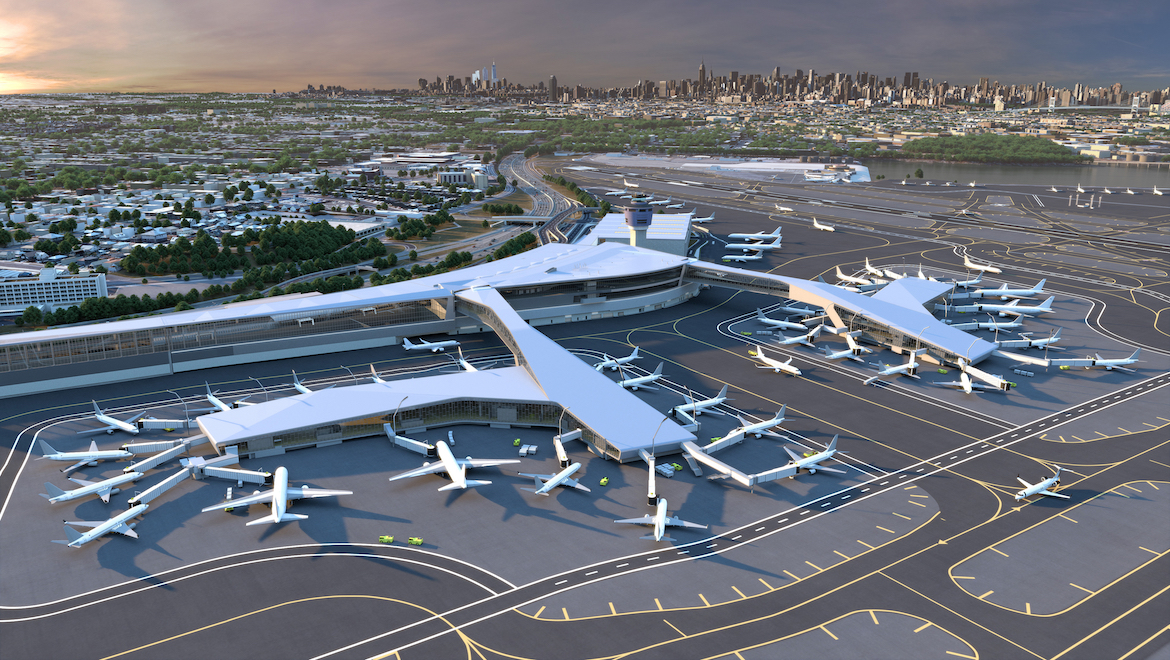
new Terminal B at New York LaGuardia Airport. (La Guardia Gateway Partners)
The ongoing boom in travel demand within Asia Pacific, together with challenges posed by climate change and growing global instability, as well as the pace of technological change in the lives we all lead, will shape airports that might – apart from the obvious building-with-planes-nearby similarities – be almost unrecognisable to today’s traveller.
Some of the evolution towards these advanced facilities has already started, with airports within future ocean flooding zones already building runways and terminals at higher elevations. None wish to be the next Osaka Kansai, flooded and knocked out of action by a typhoon in early September.
But it seems to be the way that technology is changing the world around us that is already changing airports, and not just in the way that people can now step inside the terminal, scan their phone at a kiosk, look into a passport check camera, and board the aeroplane.
As just one example, growth in on-demand app-based ride-hailing like Uber has already had impacts on the way airports design their forecourts, vehicle waiting areas, and transit networks. Autonomous, driverless vehicles seem set to be the next challenge to meet, especially around passenger flows into and out of terminals.
But what will the airports of the future look like?
Airports, terminals and their precincts will be bigger, more multifaceted and more complex.
The airports of the future will be larger, with more runways, and with better and more closely linked terminal facilities, remedying the legacy domestic/international split that has not provided travellers in Australia and New Zealand with optimal connections. And that future isn’t that far away: master plans across the region seek to either link together physically separate terminals or to replace them with combined facilities.
Some of this replacement comes from swing gates, where domestic and international flights can both be operated, with passengers directed to the appropriate arrivals stream when they land, and boarding passengers arrive from either a domestic or international departures zone.
Adelaide Airport has been an Australian pioneer in using swing gates, and has seen much success. The system is now being adopted by many other airports. However, says the airport’s managing director Mark Young, Adelaide will begin dedicating space in its terminal to the growing international market: “Gate 18 will become a permanent international gate and will be the focus of the improved retail and boarding facilities. Other international gates will continue to utilise Adelaide Airport’s unique swing gate system to allow both international and domestic operations.”
“International upgrades will include a second, longer baggage belt for arrivals, more space for emigration and immigration processing, expanded security screening, a larger duty-free precinct for arrivals and departures, and expanded dining and retail options,” Young says, noting that “the expansion will also see a complete refurbishment of retail areas, resulting in a more than 80 per cent increase in the overall size of the terminal’s retail and dining precinct across domestic and international areas.”

Non-aviation revenue at airports will also continue its rise in importance for those airports with substantial land banks and robust strategic plans. It’s not just about figuring out where new terminals, taxiways, aprons and runways will go: it’s about having the confidence in forward planning to enable the medium-term release of land so that developers can have the confidence their buildings will be able to fulfil their intended lifespan, beyond the relatively short-lived capital investment of big-box retail park stores, but with the airport retaining space to be able to build in the long term. One leader in the field is Brisbane Airport.
“Our current available vacant land bank is just over 500 hectares,” explains Brisbane Airport’s Floor Felten, general manager for strategic planning and development.
“This land is intended for a variety of uses including commercial, industrial, retail and associated aviation development. BAC is constantly investigating opportunities to achieve our goal of developing business hubs. The BNE Auto Mall project is an example of this key strategy.”
The Auto Mall, a project coming in just underneath a cool $90 million that will sit between the domestic and international terminals, will be “a multi‑purpose auto retailing hub that sees flagship dealerships sitting alongside exhibition and conference activities, hotels, event area, driver training schools and regional offices around a multi-purpose test track”, the airport says.
Meanwhile, at ADL, “Adelaide’s Airport Business District has significant opportunities for future development,” says Yong.
“We have had some recent success with the new, state of the art pathology laboratory for Australian Clinical Laboratories under construction and a new Kennards Self Storage facility just opened. We continue to receive a high level of enquiry on other development opportunities across the Airport Business District particularly for land in Burbridge Business Park and on our planned freight and logistics hub at Airport East.”
Even before getting to the airport, the trends towards self-service and automation will only increase, with more opportunities for passengers to take care of the formalities while at home, work or en route.
https://www.youtube.com/watch?v=yVEFz_073Uw
VIDEO: A 2016 video of Perth Airport’s transformation plans from the airport’s YouTube channel.
Automation will revolutionise the way airports operate
Already, says Adelaide Airport’s Young, there is “greater use of automated and self-service technology – many people now want to book their flight, select ancillary services, check-in, book their transport or parking, buy food and retail, check flight times and boarding gates, board their flight, track their luggage and arrange their travel to their pre-booked accommodation all on their mobile device.”
“The introduction of Smart Travel – kiosk and automated bag drop – has fundamentally changed the check-in experience,” Young adds.
“In the next five years we can see this going further, with your bags being picked up from home and dropped at your destination by a logistics provider, eliminating the need to drop bags in the terminal. When coupled with mobile check-in, the check-in hall of the future may be a very different place.”
Indeed, a Japan-style luggage delivery service would be very welcome to many passengers, but the infrastructure required has meant it has so far been limited in rollout.
So far, Young explains, “the biggest impact has come from mobile devices. The sheer number of mobile devices has also changed the check-in experience, with travellers checking in and downloading their boarding passes at home, in the hotel or in the taxi or Uber on the way to the airport.”
Inside the terminal, says Brisbane Airport’s Felten, “innovation in technology and digitalisation at airports can be seen throughout the passenger journey from the ever-increasing usage of mobile app and wearable technology – with passengers who want to be able to access information relating to flight information and booking details from their own personal devices to the use of digital and interactive methods of navigating through an airport including virtual and augmented reality.”
Augmented reality wayfinding seems set to be a real winner, where passengers can use the camera on their mobile device or direction signals from their smartwatch to follow a virtual path through the airport. The possibilities for airports to better serve their passengers, including first-time visitors, customers from multiple language backgrounds, and passengers with reduced vision or mobility impairments are truly exciting.
The direct and third-party relationships between airport and passengers are evolving.
Yet one of the questions that hasn’t truly been answered is how passengers can manage the proliferation of airline and airport apps in order to take advantage of new technology. Right now, a passenger needs to download separate apps for each airline and airport they use on a trip. While any sort of predictions about future technology are very much crystal ball territory, it would seem that integration with mapping apps – Google Maps, Apple Maps, Baidu Maps, Waze, or similar – and travel management apps like TripIt hold some promise.
The complexity is that the speed of change in the consumer electronics ecosystem is much faster than that in aviation. It’s still hard for passengers to ensure that they navigate themselves to the correct dropoff location for their particular rental car company at many airports, and it feels like there may well be a role for individual airports and trade associations to better understand and work more closely with the numerous international app providers.
There is a tension here between not wanting to reinvent the wheel while also ensuring enough control over the data passengers see to ensure accuracy and the delivery of the airport’s goals, many of which revolve around encouraging more retail spend.
Tension also exists between precisely whose passenger it is. “Growth and advancements in digital technology and social media use has provided a direct link between airports and passengers, when that relationship was historically owned by the airlines,” says Brisbane’s Felten.

The greatest success here has been when airports go to where passengers are rather than trying to get passengers to come to them. Sydney Airport’s automated Twitter‑based arrivals and departures notification channel, on Twitter: @flySYD, allows passengers to subscribe to notifications for a particular flight, enabling what is essentially a personal FIDS feed with timing, gate and boarding information delivered via an app people already know how to use and whose notifications they already allow.
“The world of media consumption is constantly changing,” Felten acknowledges.
“In the era of big data, we don’t go online, we live online. Data gives the current and future passenger planning insight and informed decision-making and therefore it is vital that a future Brisbane Airport is able to respond accordingly. Airports are uniquely placed to tackle the challenges that accompany a digital transformation and this is already evident in today’s passenger journey.”
Understanding how to use the plethora of data available already and that will continue to stream from every passenger, staff member, aircraft and ground vehicle will be crucial to the future success of airports and the ecosystem that surrounds them.
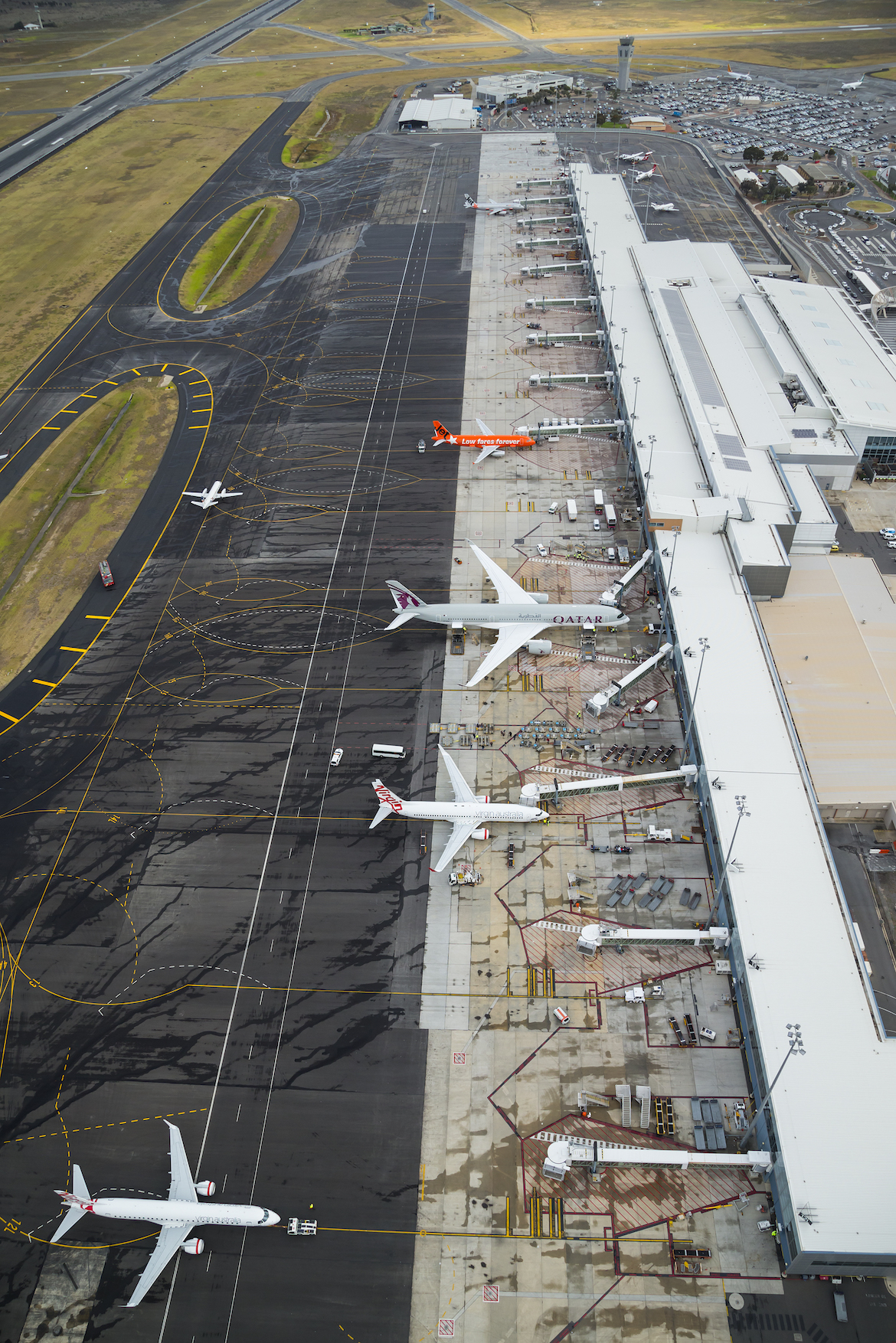
Data and digitalisation are only starting to overhaul the way airports are run
One key push recently has been to use the early benefits of the Internet of Things to make more of existing infrastructure and to guide the development of the next generation.
“With global air traffic set to double over the next two decades, airport operators, regulators and ANSPs have been exploring ways to cope with this increase in demand through the digitalisation of airports,” explains Ben Kiff, managing director Middle East & Asia Pacific at NATS, the air navigation service provider that evolved from the UK’s National Air Traffic Services, and which is looking to expand within Asia Pacific.
“One of the most exciting developments taking shape in the past few years is the design and implementation of smart digital towers,” says Kiff.
“From London and Hungary to Australia and Singapore, trials have begun all over the world to deploy smart digital tower technologies as a smart, safe and sustainable solution for not just low traffic density airports but also those that are regularly described as having (HIRO) high-intensity runway operations to manage.”
The benefits: images and data are generated by cameras, sensors, aircraft trackers, transmitters and other sources (like taxiway closure, runway availability, and so on), then stitched together into a live 360° picture of operations – which can then be managed either on-site or, in the future, remotely.
“Such systems can track aircraft, as well as provide situational awareness for controllers and other airport stakeholders to airfield incursions and even drones,” explains Kiff.
“Whether it is optimising air traffic management, delivering staffing deployment efficiencies, servicing remote airports with few daily movements, or as a contingency arrangement in the event of severe weather conditions like storms and hurricanes, moving away from the constraints of a physical tower is a logical next step for aviation authorities across the world which are grappling with the challenges of managing the exponential surge in air traffic.”
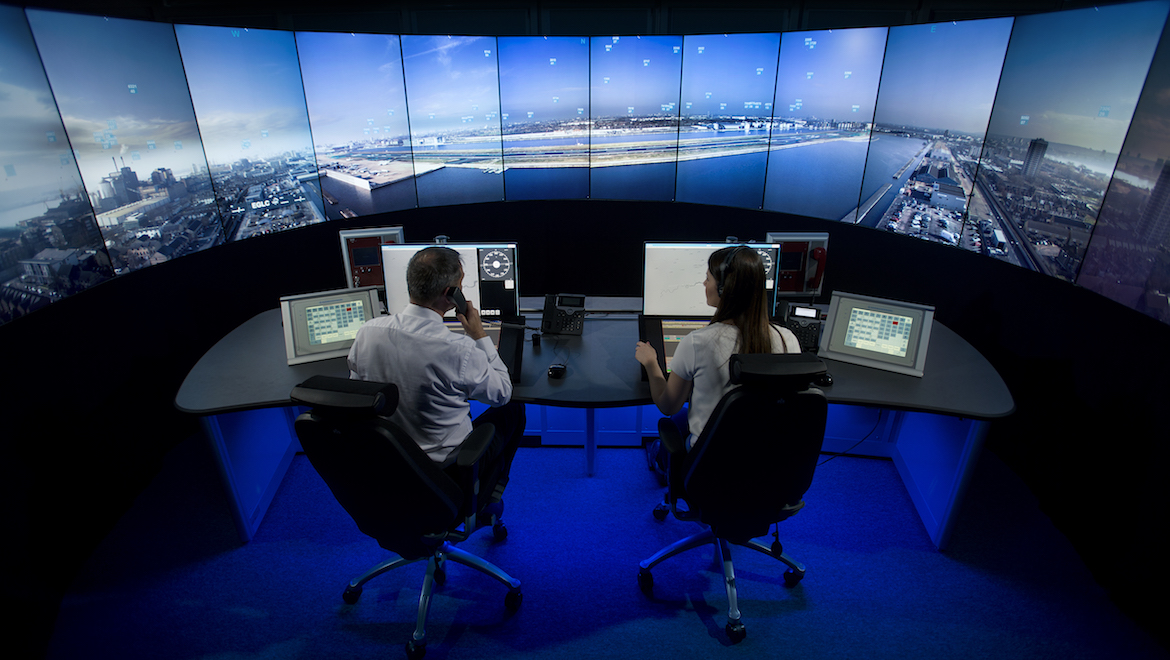
Smaller airports, especially those in rural and remote areas, are particularly ripe for smart digital tower innovations, with early trials of remote tower operations in northern Europe showing much promise. But even at an airport the size of Singapore Changi, NATS and partner Searidge Technologies are conducting a 22-month trial of smart digital towers.
There are infrastructure requirements, however, Kiff notes. “NATS is also working on a remote digital air traffic control tower demonstrator that uses high-definition cameras powered by super-fast and secure fibre connections. A smart digital tower, equipped with a range of assistive functionalities and features, can actually enhance air traffic management and safety of runway and ground operations, and increase operational efficiencies at airports across the world.”
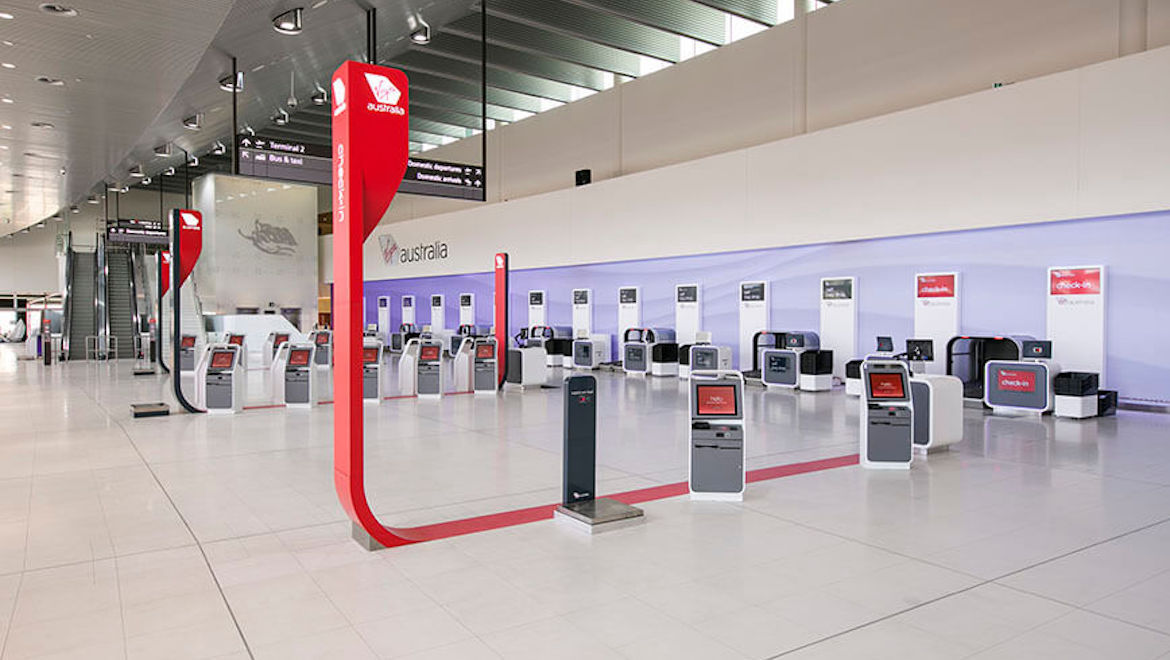
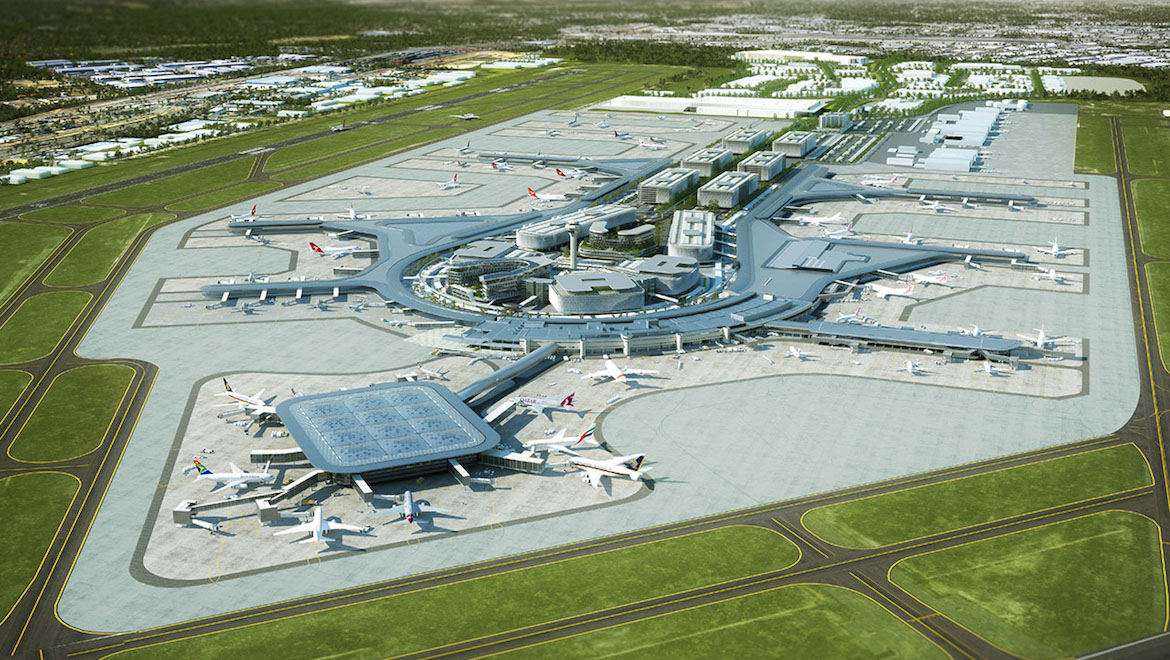
Moving biometrics beyond passport checks will go mainstream alongside consumer technology
It’s 2018, and every model of iPhone released this year uses facial recognition software for unlocking. Despite privacy, accuracy and global functionality of this kind of technology, it seems here to stay and millions of people are now using it, helping to refine facial recognition and to improve the way it works.
Indeed, Sydney Airport and Qantas are already trialling ‘couch-to-gate’ biometrics, with an initial phase testing check-in, bag drop, lounge access and boarding. Future trials may include mobile check-in and automated border processing, although the latter will be subject to governmental approval.
“This is the way the world is going,” says NATS’ Kiff.
“More airports and airlines across the world are now using biometric applications like fingerprint and facial recognition technology to improve security and efficiency. According to SITA, 63 per cent of airports and 43 per cent of airlines plan to invest in biometric ID management solutions in the next three years.”
“There’s no doubt it will create a much better passenger experience, with much shorter check-in and boarding times as well as clearance at customs and immigration, as well as improving identity management which is essential for effective border security.”
Young of Adelaide Airport concurs. “Biometrics for both departure and arrival is already starting to improve the international travel experience, with quick passport processing now common for most travellers. Biometrics will soon change the domestic travel experience, from dropping your bag, to buying items to boarding your flight, just with your face or fingerprint.”

Brisbane Airport is already in the game, says Felten. “In March 2017, BNE was the first airport in Australia to trial facial recognition technology SmartPath by SITA. A key benefit of working with SITA is its technology integrates with our existing common‑use infrastructure – check-in kiosks and boarding gates – and can be used by any airline that operates on a common-use kiosk. As we progress we hope to integrate with various government systems for immigration and border checks.”
Those border checks are increasingly automated too, with Australia and New Zealand early entrants into the passport check kiosk game and still ahead of many other industrialised nations.
Brisbane Airport, says Felten, “is currently progressing a number of Australian Government security screening strategies aimed at enhancing the security screening process and customer experience. These include technology upgrades which will introduce advanced screening technology allowing passengers to leave larger items like laptops and liquid aerosols and gels (LAGs) in their carry-on bags.”
“In addition,” Felten notes, “passengers will be screened and cleared by body scanners and, providing passengers divest all items on their person, the scanning and clearance rates can be as fast as six seconds. The combination of these measures by late 2020 will ensure the use of the best available screening technology delivering faster, enhanced passenger facilitation and customer experience.”
Individualised products, services and experiences will be the hallmark of a successful airport
Within the terminal, it will be no surprise that airports want to earn more from their retail spaces. Hundreds of millions of dollars are being spent to upgrade facilities, with both unique airport offerings, luxury brands and familiar high street products all playing their role in catering to individual passengers’ desires.
“Terminal retail,” says Adelaide Airport’s Young, “is about providing a personalised experience for our customers. We’re looking for direct engagement with our passenger. We are seeing rapid change in the international visitor demographic, with the Chinese market growing quickly. As part of our terminal expansion and other future activities, we’re providing retailers who represent emerging trends in key categories such as technology, fashion, health food options, and diverse cultural options. Duty Free stores are also evolving to become brand showroom spaces as part of the online-offline part of brands’ omnichannel strategy.”
VIDEO: A look at SITA Smart Path Technology at Brisbane Airport on SITA’s YouTube channel.
Services, too, are growing.
“Adelaide Airport is examining the use of a common-use international lounge as part of our terminal expansion. Pay-to-use lounges will be particularly useful for smaller international airports with multiple carriers, where it’s uneconomical for one airline to set up a lounge but multiple airlines can share pay-to-use facilities,” Young explains.
At Brisbane, Felten notes that “We continue to see an increased demand for lounges in various forms. Passengers are constantly seeking services to make their airport experience more enjoyable. For some passengers this may mean access to a pay per use lounge which we currently have at the BNE International Terminal.”
In addition, the muffled PA announcements will become a thing of the past, with Adelaide Airport now using automated, synthesised digital voices, says Mark Young. “The synthesised voices have been developed to be consistent and very easy for passengers to understand. They can also broadcast in multiple languages, reducing the confusion for non-English visitors.”
Adelaide is also seeing success from its volunteer ambassador programme, particularly from the Chinese-speaking volunteers who are stationed within the immigration area within arrivals to assist inbound passengers.
This article originally appeared in the November 2018 magazine edition of Australian Aviation. To read more stories like this, subscribe here.




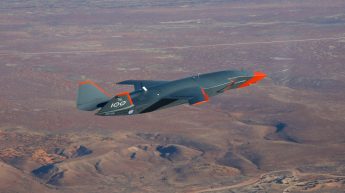











Red Cee
says:None of these items which are labeled as “enhancements “ enthrall me. For one, I don’t like the retail push, I like to see and speak to a person, and don’t like automated technology. The new security measures, translate to full body scanners. The only plus, is not having to remove lap tops and gels. Are airport authorities and airlines listening and consulting with users and passengers, or they doing what is convenient and cheaper for them, and what they think the public will want?
Mike Andrew
says:I have a reasonable past history with large airports and can’t understand why bays are not aligned at 45 degrees to the taxiway lead-in line instead of the standard 90 degrees? Surely this would reduce the trust required to roll onto bays, most airports require a 2 -3 degree uphill run to the stop bar for fuel spills etc.
In addition, the push back would see less load being placed on the aircraft landing gear as a result of the aircraft parking at 45 degrees